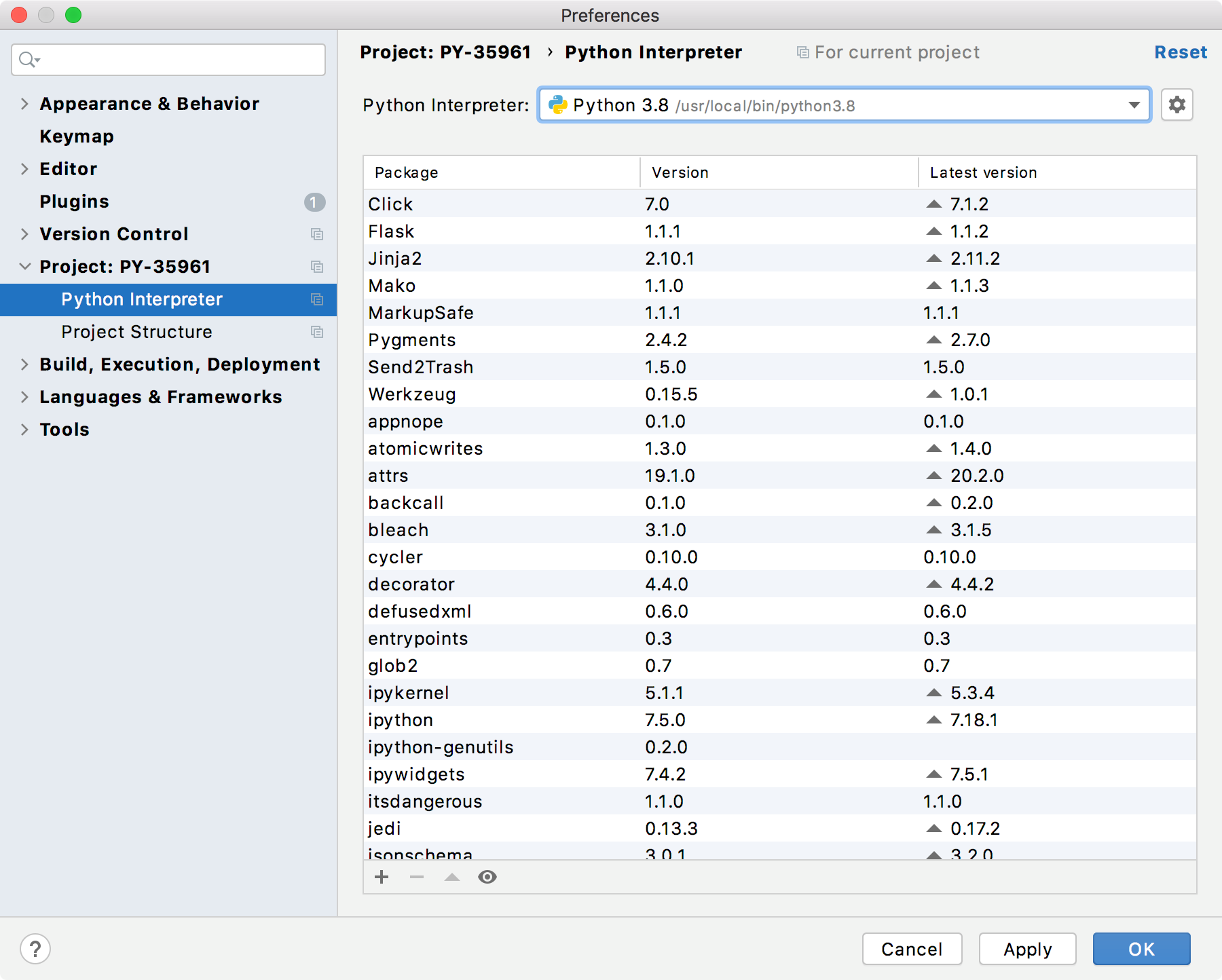How to Install pip on mac OS : You are a Mac user and want to install pip to install python libraries? Then this tutorial is for you. I’ll show you how to install it on MacOS in the easiest way possible.

Upgrade pip mac (8). The official docs recommend using curl to download the get-pip script, but since I work on windows and don't have curl installed I prefer using python itself to download and run the script. So the actual best way to solve these problems is to run get-pip.py downloaded using wget, from the website or using curl as. Use following code to install Pip Python on Mac OS X, sudo easyinstall pip. Method 3: For 3rd method, first download get-pip.py from Official Website. Then Call below code to install, sudo python get-pip.py. How to python install pip on windows? How to Install Python (PIP) on a Mac.
Python Install Pip On MacOS?
Python is one of the most popular programming languages. To fully use its power it is necessary to install third party libraries that are not present in the base version installed by default. To install these libraries, the most commonly used method is the PIP command. PIP is a package manager used to install and manage packages written in the Python language. Many packages are located in directories on the Python Package Index (Pypi) repository. One of the major advantages of pip is the ease of its command-line interface.
Check Python Version
By default MacOS comes with a version of Python. To verify that a version of Python is installed directly on your Mac, open the terminal and execute the following command:
If the command returns a version number then you do have python to install. For other cases, I invite you to install python by following this video tutorial :
Install Pip with get-pip.py On MacOS
This python file get-pip.py is a script that will download and install the Pip package for the Python language. The first step is to download the get-pip.py script using the curl command ( if you want more details about this command, please readthe article I wrote about this command). Execute the following command to get the script :
The -o option is used to define the name of the downloaded file.
Once the script is downloaded, simply execute the script using Python :
Check Pip Version
To check that Pip is properly installed, just type the following command in the terminal :
Note : It is also possible to use the –version option instead of -V
Install Pip with brew On MacOS
There is a second method to install Pip using Homebrew. Homebrew is a package management tool available for macOS. To use it, just type the following command:
easy_install Deprecated
Before 2019 it was possible to use easy_install (setuptools module). But since then it is not recommended to use this method to install Pip.
Check this link for more information :
Install packages with Pip on MacOS
Once you have installed Pip, you will be able to install the packages you are interested in with the following command :
packageName is the name of the package you want to install.
Upgrade Pip on MacOS
To update the version of Pip, you can use this command :
Summary
- Install Pip with get-pip.py : use the curl command to download the file to install Pip
- Install Pip with brew : Homebrew is the packet manager of macOS
- easy_install has been deprecated : Do not use this method
I hope this tutorial allowed you to install Pip in your Mac. Feel free to ask me your questions in comments, I would be happy to answer them! 🙂
Amazon MacBook PRO (Affiliate)
https://aptremince.tistory.com/8. If you want to get the new MacBook Pro to work in good conditions (As an Amazon Partner, I make a profit on qualifying purchases) :
Section 1: Install Django on your local machine and run a simple page
Free mobi reader for mac. If you have already installed Django, please jump to the next section.
Pip Install Pip Download
If you are not sure if you have Django on your computer, please open terminal and enter:
If you already have Django installed, it should show something like this:
If you don’t have Django, please follow the rest of these steps.
Step 1: Verify that you have Python on your computer
Django requires Python to work. Django can work with different versions of Python.
Make sure that your Python version is one of 2.7 or 3.2, 3.3, 3.4, 3.5 versions. Depending on the version of Django, you’ll need to make sure that you have a verified working Python version. As of May 20, 2015, version 1.8.2 is the stable release of Django.
Since Django comes along with a light SQLite database, you don’t need to worry about the database at this point.
Open your terminal and type:
If you already installed Python, something line this should show up:
If your computer doesn’t have Python, you should download it from:
You should either download the 2.7 version or 3.4 version. Since I am using 3.4 in this tutorial, 3.4 is recommended.

Step 2: Install pip
After you have made sure that you have Python, it is time to install pip.
pip is a tool that enable us to easily install Django.
If you are not sure if you have pip on you computer, you can open your terminal and enter:
If you don’t have pip on your computer, you have to get the get-pip.py installation file. Download the following:
Afterwards, change directory to the location get-pip.py, go to your terminal, and enter:
Step 3: Using pip to install Django
After you make sure you have pip installed on your computer, go to the terminal and enter:
You will need to enter the password of your computer. You can also specify a specific version of Django to install. Since the stable release at the time of writing is 1.8.2, I’ll show the command to install that version:
Section 2 : Start a project
Step 1: Create a project
Open your terminal, cd to your Desktop or the place where you want to put your project and enter the following command:
You will see a directory called blog appear on the Desktop. It contains all the framework file to help you generate your website.
Step 2:
In your terminal, cd to into the blog folder and enter:
You will probably see:
Get-pip.py Mac Download App
Now, open a web browser. In the address file, enter the address that is showing in your terminal.
On the terminal and yours, by default, it will say http: //127.0.0.1: 8000
Get-pip.py Mac Download Software
127.0.0.1 means localhost on every computer.
So I enter: http://localhost:8000 or http: //127.0.0.1: 8000 inside the web address of my browser, and it takes me to the default view of a Django site! You did it!